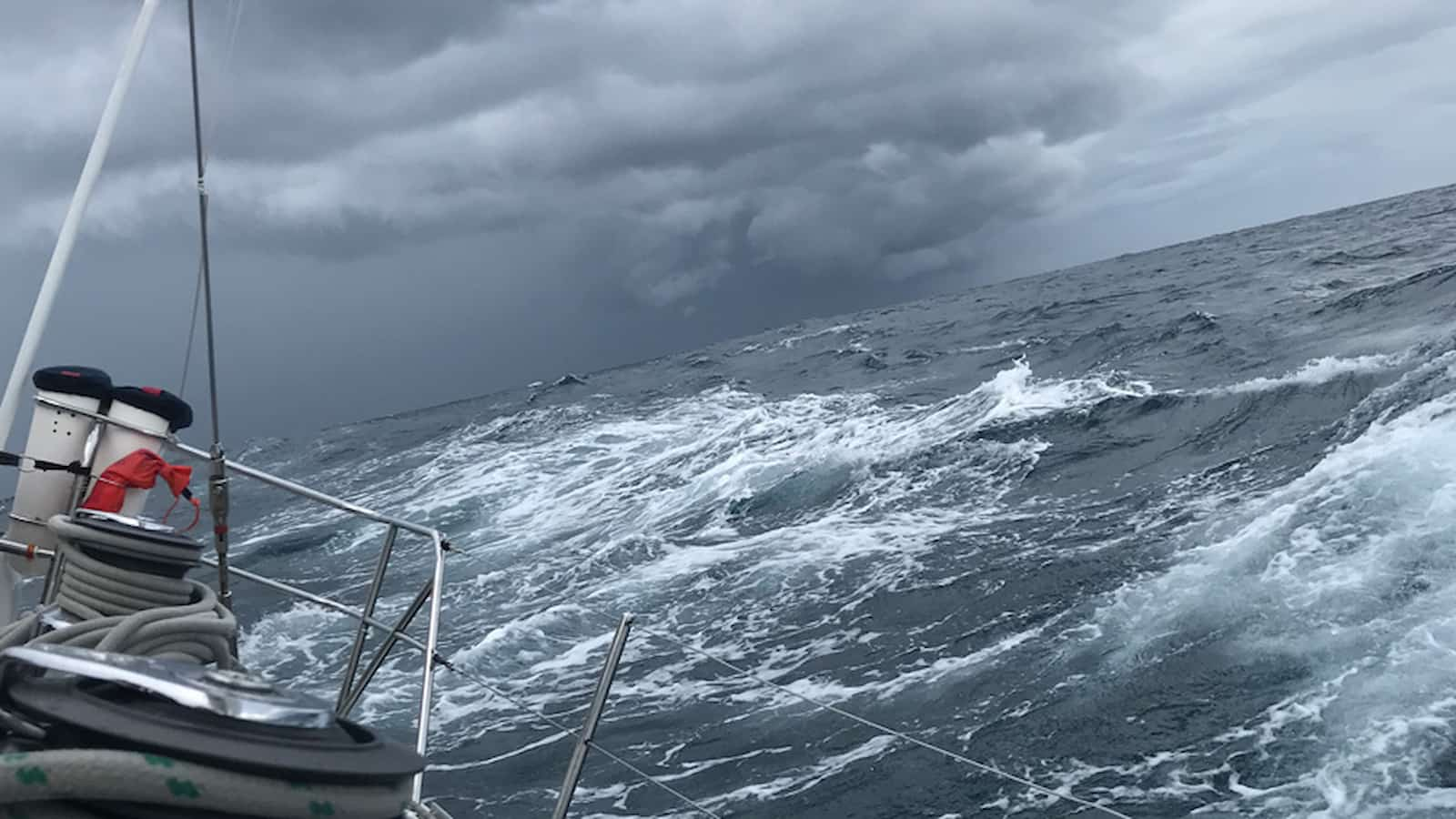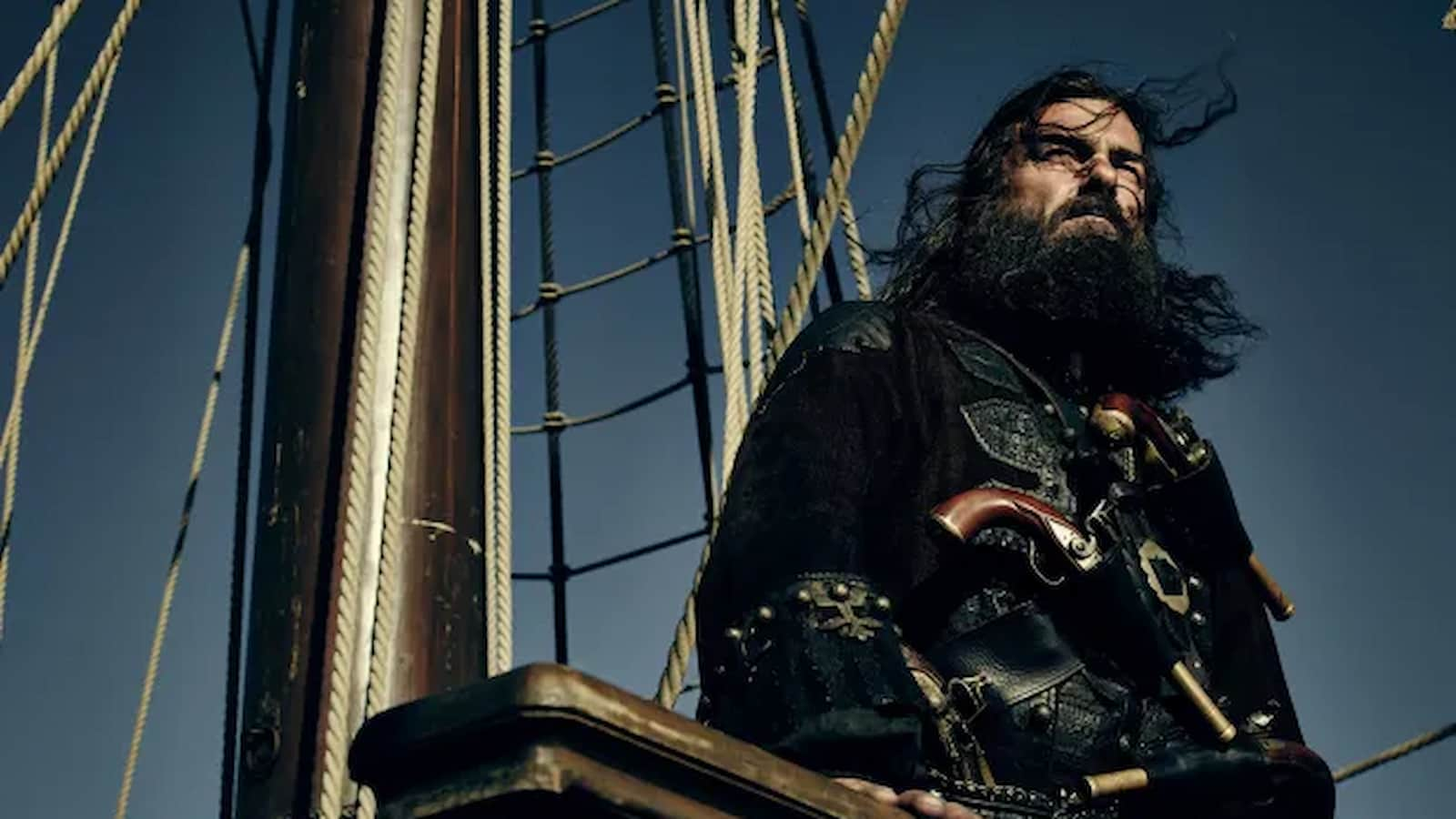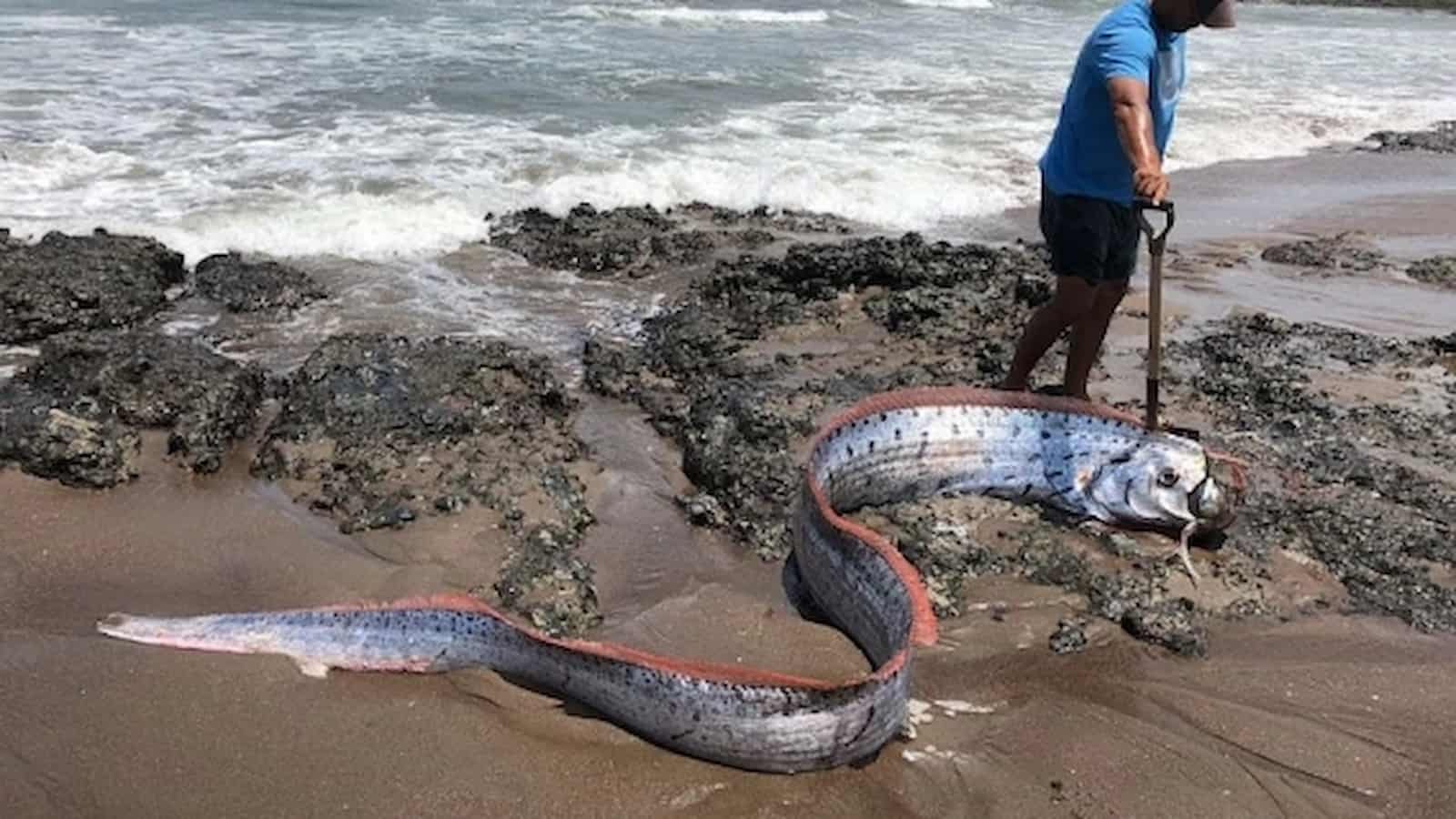Weather Precautions for Ship: The ship would roll, pitch, yaw, swing, surge, and heave when severe weather is predicted. This six-degree of freedom movement would provide several risks, including structural strains, rolling of the ship that could cause a shift in equipment or cargo, personal injury, property damage, etc.
A reminder to masters of the factors to be considered when operating in areas of adverse weather conditions is issued in light of reports of operators directing ships through the Straits of Magellan and around the Cape of Good Hope to avoid paying canal dues and take advantage of the reduced fuel prices.
A seafarer must understand what to do in inclement weather conditions to prevent blunders and quickly get the ship ready for stormy sailing.
Basic Weather Precautions for Ship

Controlling the steering
- A ship operating in open waters typically uses autopilot. It is best to switch to manual or hand control in order to prevent rudder hunting.
- In the steering room, one person should go check all the oil levels, connections, and other crucial components of the steering gear.
- To generate the most torque possible to spin the rudder, turn on the other motor and run both of them simultaneously if one is already operating.
- Enough personnel, especially senior commanders, should be on the bridge.
Popular Cruise Destination: Is Nassau Port Safe for Cruise Visitors?
Machinery control
- Make sure there is enough manpower available and man the engine room if it is in UMS mode.
- Keeping an eye on every parameter of the auxiliary power plant’s and primary propulsion plant’s equipment.
- All of the spare parts in the engine room need to be correctly stored and lashed after receiving a rough weather warning.
- The propeller will come in and out of the water during inclement weather, causing variations in the main engine load. As a result, either the main engine control setting or the rpm should be changed to rough weather mode.
- Always check the sump level of all the machinery since a ship that is rolling in a rough sea might cause a false
- level warning, which can even trip the running machine and put it in danger during inclement weather.
- Maintaining the levels of all significant tanks is necessary to ensure that the pump input never loses suction.
- The standby generator should be run continuously until the inclement weather passes.
- Watertight doors must be closed in the equipment areas.
- Close the sky light and any other openings.
- Trays must be kept dry during inclement weather to prevent spills.
Additional standard safety measures
- The staff should be told not to venture outside on the open deck during inclement weather.
After use, all deck goods, including drums, mooring ropes, and lashing equipment, must be carefully stored and secured. - All deck openings intended for freight and other areas must remain closed.
- All entryways to the lodging must be kept closed.
- To enter the steering room or any other compartment, one must use the shaft tunnel and other internal access spaces.
- Each person needs to be aware of the responsibilities listed in the muster list.
- The elevator should be turned off because trips could happen during rolling and pitching, locking the individual inside.
- To prevent falls and trips, always wear all personal protective equipment (PPE) and make use of railings and other supports when moving around the ship.
- Be vigilant and collaborative.
- It is necessary to adopt a number of safety measures to reduce the possibility of harm coming to passengers, equipment and property damage, and other hazards to the ship’s safety.
On all kinds of ships
- Let the master know.
- Let the Chief Officer know.
- Let the catering crew know.
- Let the engine room know.
- On the bridge, secure every piece of movable equipment.
- Turn on ARPA and start making a plot.
- Turn on the navigational lights. Later, clouds could cause some obscurity, and spray or rain could make it harder to see.
- Additionally turn on the second steering motor.
- Give an electric klaxon, pneumatic whistle, and ale foghorn a go.
- Ensure that the Bridge Notebook contains a record of every pertinent activity or event.
Examine the chart and confirm that the planned path is safe while keeping the following in mind:
- Further Pitching, rolling, and heaving would necessitate under-keel clearance (heaving being the ship’s natural oscillation up and down in response to wave action).
- Given that the ship will be less sensitive to rudder movements in severe weather, hazards may need to be given more leeway than in favorable conditions.
Lifeboats on Cruise Ships: Safety, Capacity, and Amenities
In severe weather, it is not advisable to rule out the possibility of the main engine failing, the generators failing, the steering system failing, etc. These malfunctions could make it impossible to steer the ship along the desired course, causing it to veer toward peril.
Chief officer Responsibilities
The crew should be aware of all the following safety measures, but the chief officer would make sure the Deck Department takes them all:
- If needed, anchor lashings are doubled and examined.
- Hawse pipe coverings are packaged and fastened.
- Spurling pipes have a cement covering placed over them.
- There is a closed, waterproof booby hatch loading into the forepeak store.
- When necessary, all mooring ropes are either stored away below deck for longer trips or fastened in place for shorter ones.
- Everything that can move on deck, including the poop deck, is fastened, including painting rafts, hydraulic fluid drums, and lubricating oil drums.
- If more lashings are required, extra ones are fastened to lodging ladders.
- The davit locking pins are in position, and the lifeboat grips are secure. Extra lashings are not allowed on lifeboats or liferafts since they would delay their rapid launch in an emergency.
- Every weathertight door on the upper deck, loading to the bridge, accommodations, etc., is securely closed to prevent water infiltration.
- There are no rags or dirt particles on the upper deck that could suffocate the scuppers.
- All of the portholes close to the waterline and on the front bulkhead of the bridge are locked and closed.
- Where available, deadlights—steel porthole covers that slide over glass ones—should be closed and locked.
- In the event of predicted poor weather, all equipment and spares in a storeroom, paint lockers, deck office, etc., must be secured against shift.
- To avoid water buildup inside the open lifeboats, the plugs should be kept open. Experience from the past has demonstrated that vessels have sagged from internal water accumulation, causing irreversible damage.
- Advise the personnel to store any stray belongings in their cabins.
- The duties assigned to deck crew members and cadets shouldn’t put them in unnecessary danger, whether it’s from rolling while indoors or immediately on the deck.
Cargo Ship
- The upper deck is equipped with lifelines on both sides. Only rigging a lifeline on the leeward side is insufficiently safe. The other side would become the leeward side in the event of a change in the wind or a course adjustment made by the ship itself.
- Cargo lashings both above and below deck are examined and tightened as needed.
- Every hatch is appropriately battened. Every top and side wedge needs to be examined again and tightened as needed.
- Every derrick head is adequately fastened within its housing to prevent inadvertent removal during inclement weather. When pounding (slamming) happens, this is most likely to occur.
- Every derrick guy, preventer, etc., is fastened correctly. These can be unshackled and stored in the storehouse, mast house, or between decks during lengthy voyages.
- Every sounding pipe cover on the upper deck is examined to make sure the screws are secure.
- All ventilator cowls must be cut in a leeward direction. The ventilator cowling on the upper deck may need to be unshipped and stored if really harsh weather is predicted. After that, the ventilator coamings would need to be covered with wooden or metal coverings that were made especially for this use, coated in canvas, and fastened.
Top 7 Handheld Marine GPS Devices for 2024: Your Ultimate Guide
Tanker Ships
- Deck scuffers, closed during port cargo operations, are now open.
- To allow water that may build up within to drain out onto the deck, drip trays are cleared of oil and unplugged.
- All tank openings, including sighting ports, ullage ports, purge lines, and tank lids, need to be sealed tightly. This keeps oil from loaded tanks from splashing up on deck during ship rolls, in addition to keeping seawater out of the tanks. Given that the IG pressure in the tanks needs to be maintained, oil tankers would often already comply with this.
- Tankers are particularly vulnerable to shipping seas on deck due to their short freeboard. Because of this, tankers are required by the Loadline Rules to include a central, guarded walkway—known as the catwalk—that allows people to safely cross from the accommodation to the front section of the ship. Thus, it is not required to rig lifelines, as it is on general cargo ships.
- All Navigational Watchkeeping Officers should be aware of the heavy weather ballast tanks, which are identified in compliance with MARPOL 73/78, and the lining up of lines for that purpose.


